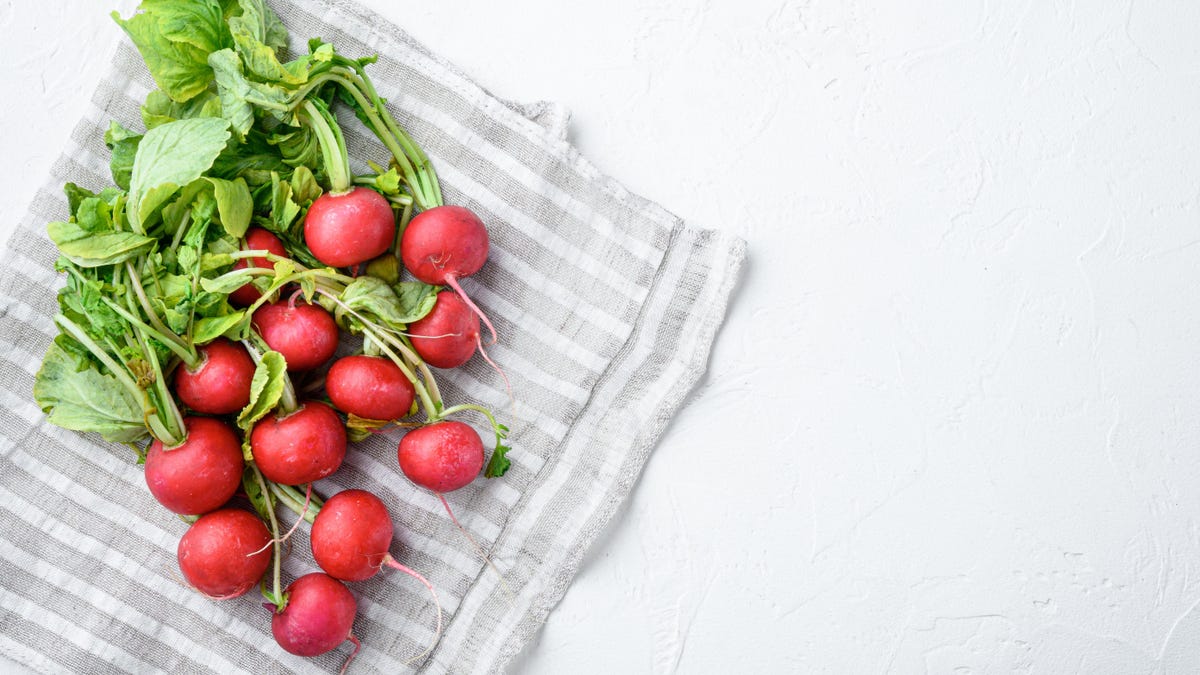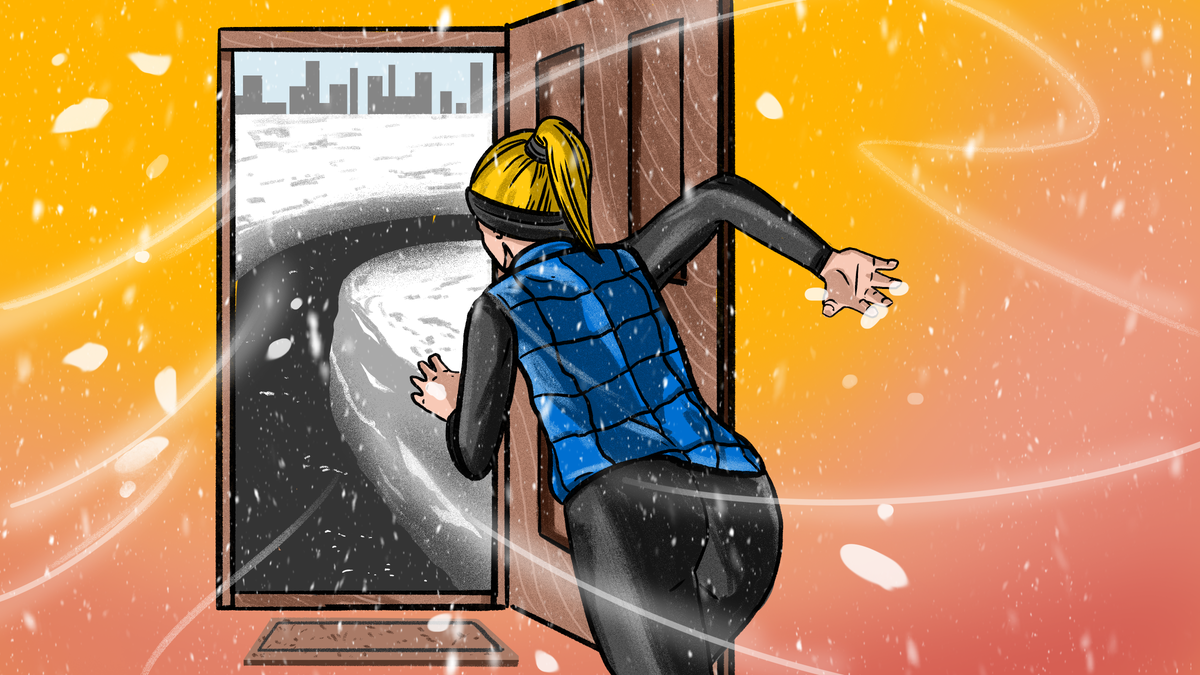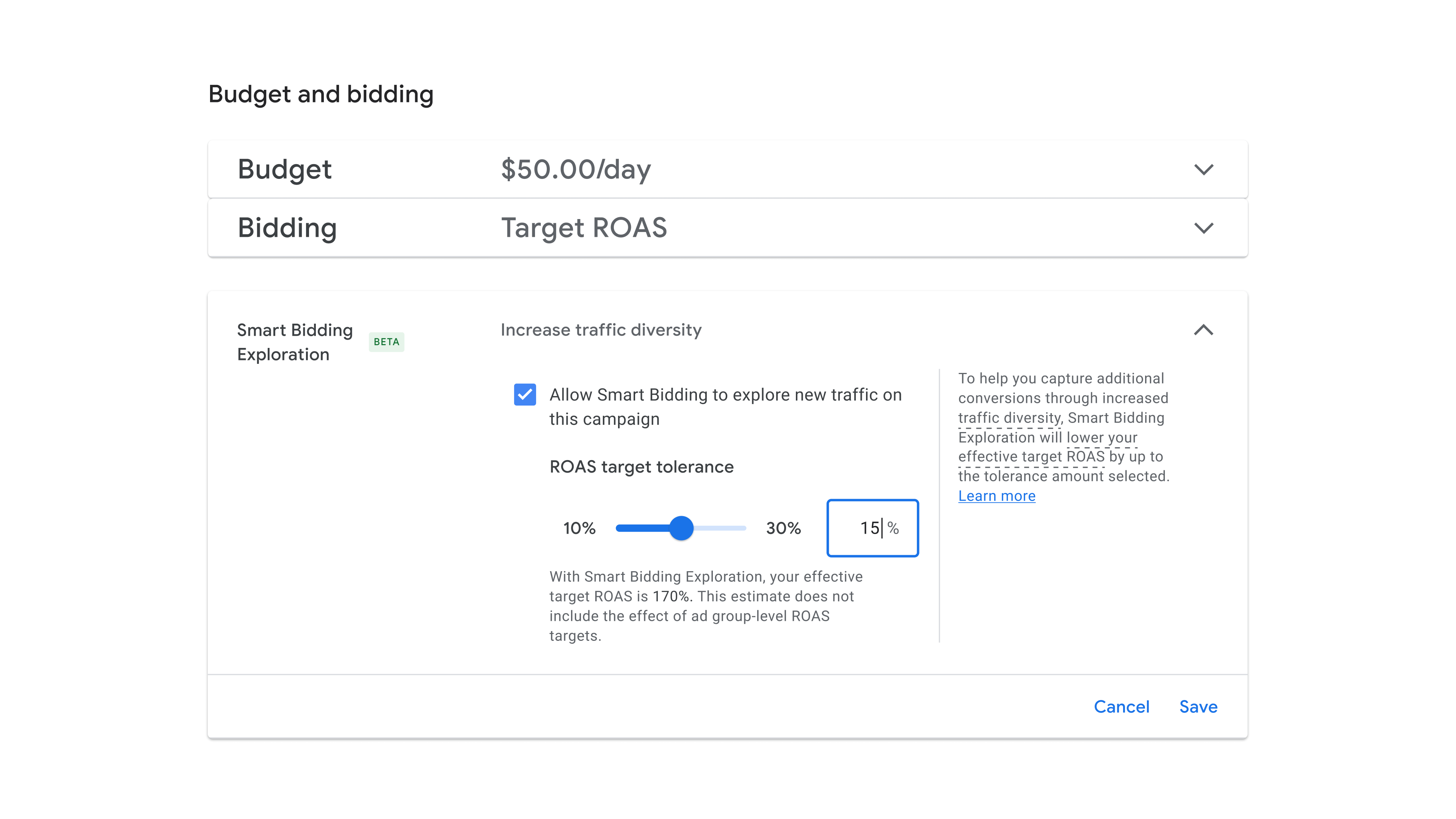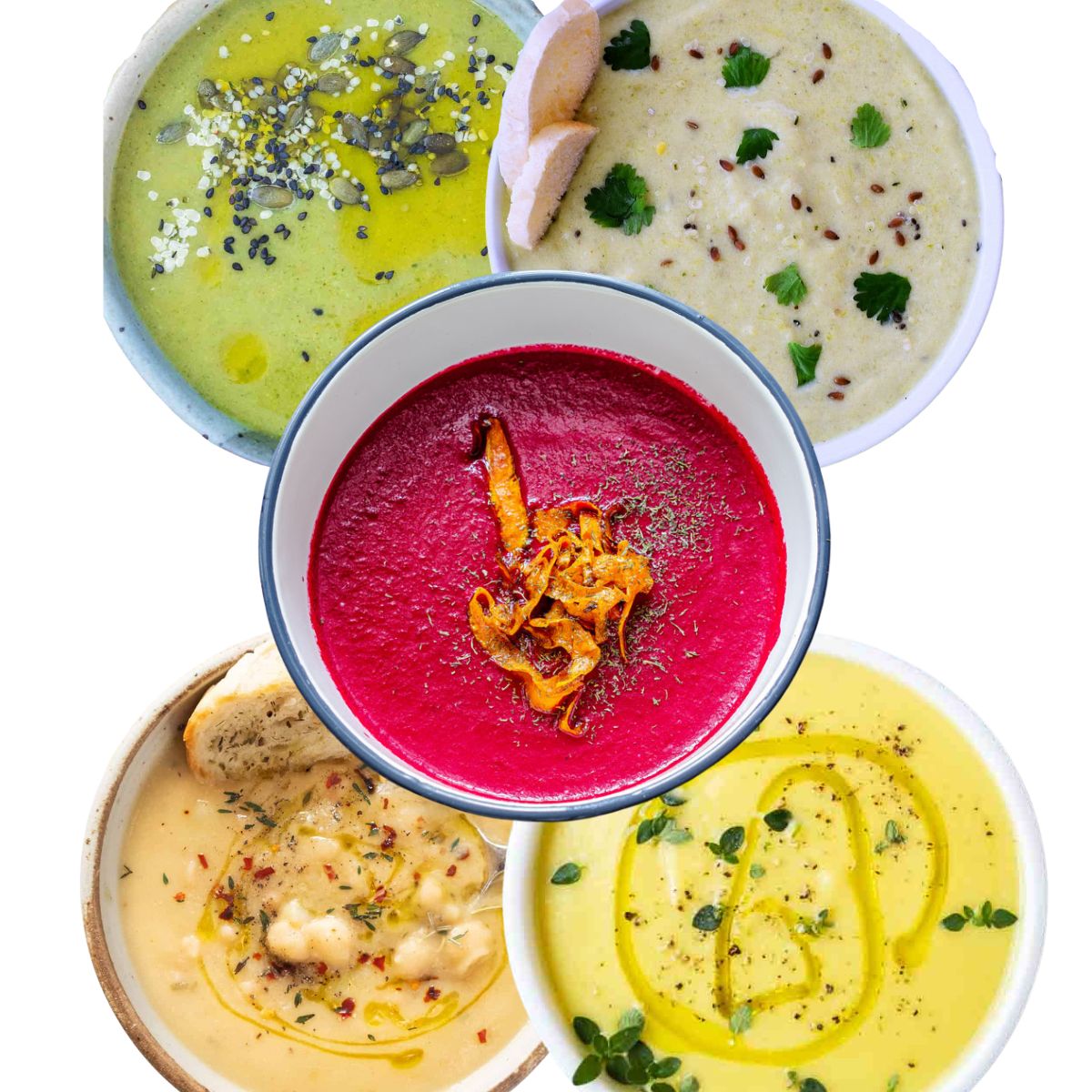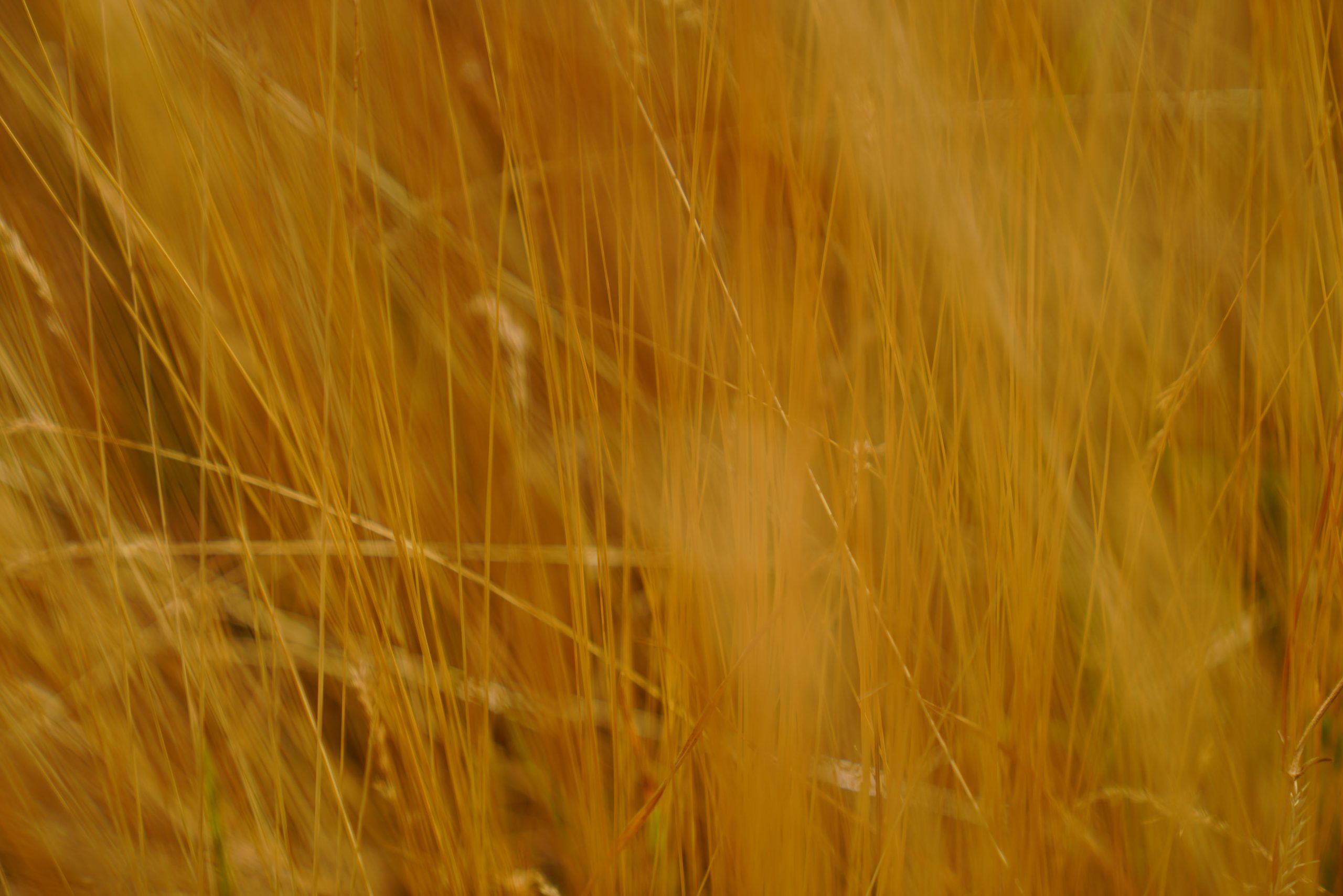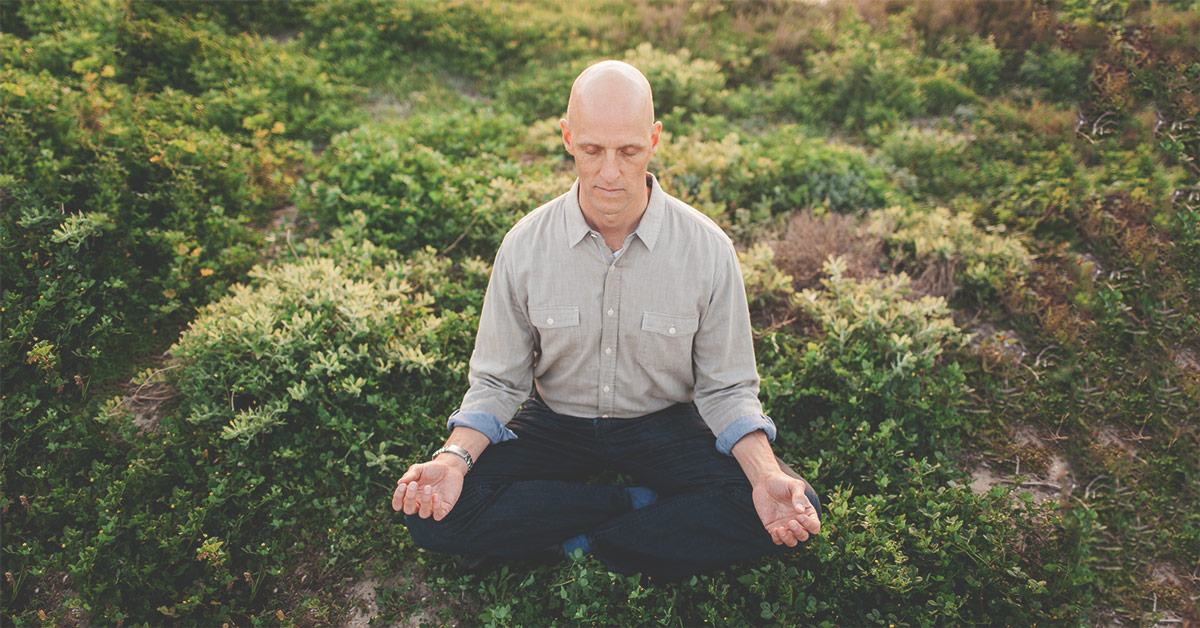How to Bake a Better Cake, According to Science
There’s an often-repeated saying that cooking is an art, and baking is a science. That’s because when you’re cooking, most foods are pretty forgiving—you can “guesstimate” amounts and let your taste and preferences guide you as you go. But...


Photo: S_Photo (Shutterstock)
There’s an often-repeated saying that cooking is an art, and baking is a science. That’s because when you’re cooking, most foods are pretty forgiving—you can “guesstimate” amounts and let your taste and preferences guide you as you go. But when you’re baking, you’re flying blind. You can’t tell much from the flavor of batter, and you can’t ladle out a spoonful to taste as it bakes.
You can usually mess around with the parts of a cake that give it flavor, but with the more “functional” ingredients in baked goods—oils, eggs, leavening agents—the exact proportions are important. NPR science podcast Short Wave demonstrated the science of baking a cake recently: To celebrate Short Wave’s third birthday, the show enlisted the help of biochemist-turned-baker Adriana Patterson, and used science to help make a fluffier, more delicious cake. And you can, too.
“We like to say, everything is science and science is for everyone,” Short Wave producer KimBerly McCoy told Lifehacker. “Short Wave is an inclusive experiment. We want to bring as many people into being interested in science as we can.”
How science can help you bake a fluffier cake
According to Patterson, a cake is “stabilized, baked foam,” similar to a sponge in structure. If your goal is to make it an extra-fluffy baked foam, you need to add as much air as possible. “The more air you force into it, the more spongy it is, and the more fluffy it is,” Patterson explained on the podcast.
G/O Media may get a commission
Adding a leavening agent like baking soda to your cake batter essentially spikes it with carbon dioxide. When mixed with an acid ingredient and a liquid, baking soda creates small bubbles in the dough or batter—bubbles you must protect by not over mixing. Once you add heat, the bubbles of air expand resulting in a fluffy cake.
But if you want extra fluffy cake, you have to go beyond the baking soda and powder. You need science—and meringue. Egg whites are about 10% protein in the form of long chains of curled up amino acids floating in water. “When you whip it up at a high speed, you’re essentially incorporating air, and unwinding the egg white proteins,” Patterson said. “Once those proteins become unraveled, they create a web that’s encasing a bunch of air,” Patterson said. Adding an extra web of air pockets means even more fluffiness.
Buttercream frosting is a colloidal dispersion of C12H22O11 and milk phosphoprotein
The chemistry behind cake frosting is simpler than cake, as there are no reactions from heat, but buttercream is still pretty interesting from a scientific perspective.
“Buttercream is an emulsion,” Patterson explained. “It has a special component or molecule inside called an emulsifier that holds water and oil together. In butter, it’s casein that’s holding the fat and water together.”
The slightly crunchy texture of some kinds buttercream frosting is a result of an overload of solid sugar compared to the liquid part of the frosting. Only so much solid sugar can dissolve in the water and fat, so undissolved grains of sugar remain suspended in the frosting. But it’s easy to make smooth buttercream with non-solid sugar. “There’s enough of the casein in the butter that we can add more water-based ingredients, and still have it maintain that stability. We can add honey. We can add maple syrup. I like corn syrup because it’s a neutral taste that you can flavor however you want.”

 Konoly
Konoly 








